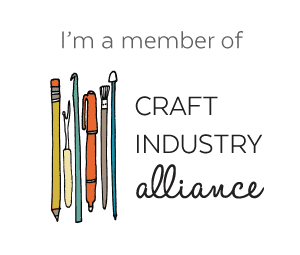Simple ways to broaden your knowledge base
Recently, I was brutally reminded of the dangers of complacency and an unwillingness to step out of one’s comfort zone when it comes to your craft. Let’s face it, we are ALL guilty of having our own “go to” fabrics, sewing stitches, techniques, etc. but, when we outright refuse to challenge ourselves and explore new ideas, techniques, fabrics, threads, that is when our growth as an artist halts and in a small and subtle way, decline. At its basic definition, art is about exploration and discovery; yet so many artists fear the unknown. Why? Well, for some the answer is financial. For other’s it’s easier and faster to use a tried and true technique. For other’s it’s a fear of failure. For me, it’s usually about time limitations and production schedules. I often face fast turnarounds on orders that prevent me from exploring a new creative avenue. I LOVE to explore new ideas, designs, techniques, but I find my free time so limited that it just isn’t possible to try every new product and technique I discover.
It is only thru education and the pursuit of knowledge that we find new sewing techniques, new fabric lines, new stitches, etc. Therefore, I have made a personal resolution to try something new every week as part of my year of discovery. It can be as simple as reading a new blog, discovering a new sewing resource, trying a new pattern, using a new decorative stitch, finding a new use for an “old” idea or working on a new pattern.
Education is a lifelong study and one that should be welcomed—not dreaded or feared. Be an adventurer and try something new. Who knows, you may find your new favorite “must have!”
Thru trial and error, we refine our skills, broaden our horizons and discover new things that were previously unknown. So how can you expand your knowledge base? Well, here are a few ways.
1. Read
While this may seem over simplified or insignificant, it is extremely important. There are many websites, blogs, social media groups, trade journals, magazines, and books that are full of information and sources. I cannot count all of the amazing tips, resources, vendors, and patterns I’ve found thru magazines, blogs, and discussion groups.
2. Watch videos and television shows
As a young child, my local PBS station broadcast several hours of sewing programming on Saturday mornings and Sunday afternoons. I anxiously awaited each new episode since I learned so many tips and tricks from the experts. Today, with YouTube it is easier than ever to watch a video that presents new sewing and quilting techniques in easy to understand lessons.
3. Trade Shows
While many trade shows are directed to the wholesale market, there are some that focus on the end consumer. Show organizers often arrange for industry experts to teach classes and seminars. At larger trade shows, manufacturers and suppliers will often set up booths and send in company representatives to meet potential customers and discuss products. These events are often where companies will launch new products. With trained experts on the premises demonstrating, it is easy to get answers to your questions.
4. Classes
Many local craft and sewing retailers offer classes that are taught on site. Usually the monthly class lists are posted inside the store and on their respective websites and social media channels. In most cases, if a student is required to buy supplies for the class, they receive a small discount on in-store purchases when proof of class registration is provided. Another class resource is local art centers and community outreach programs. Quite often, art centers will offer separate classes for adults and school age students and the classes are taught by local experts. Some classes are seasonal but they are a great way to meet new people and learn new subjects.
CHRISTINE WARREN
Sewing isn’t just my job, it’s my passion. I’ve enjoyed sewing and needle working since I was very young.














